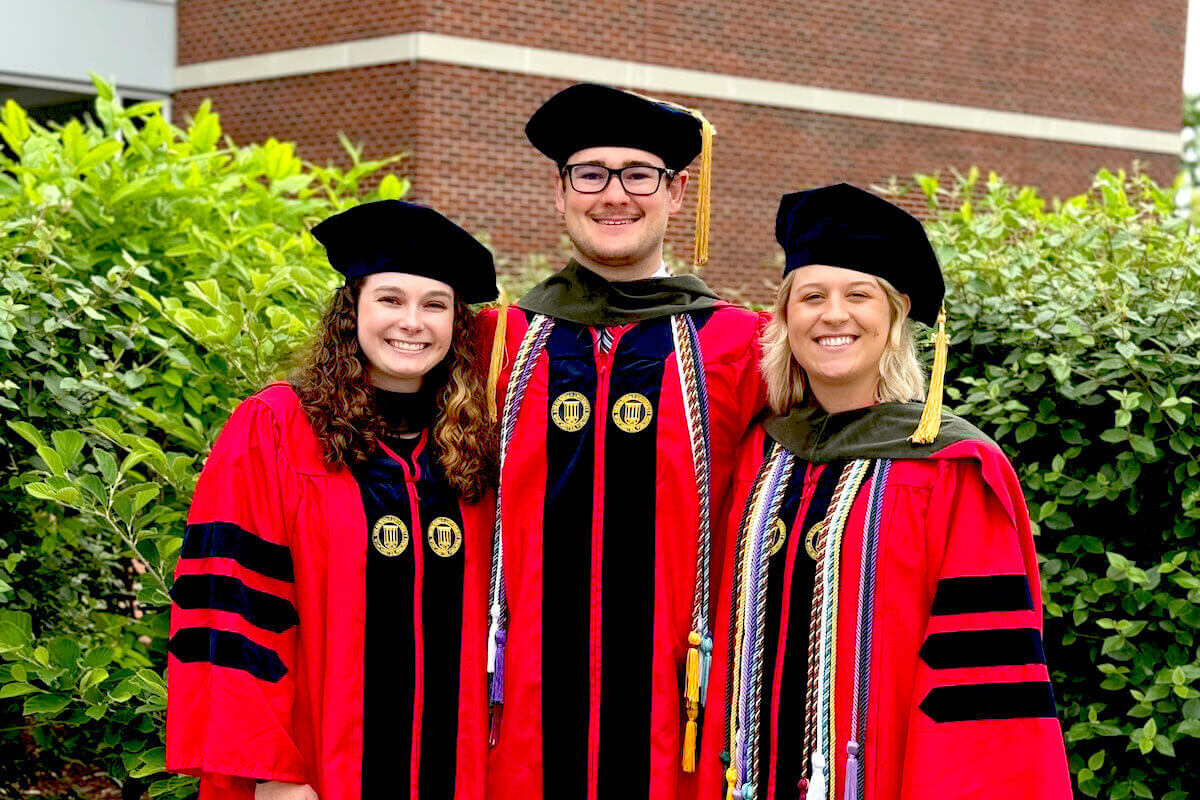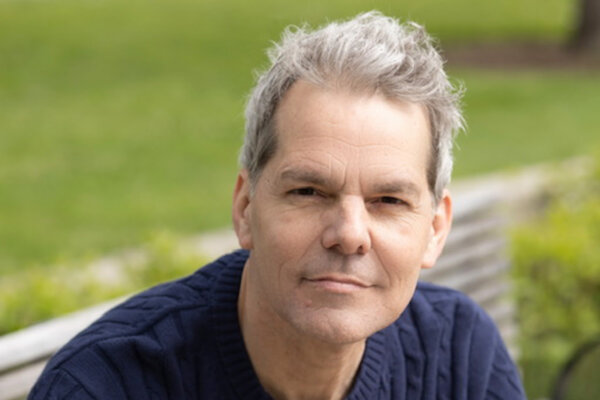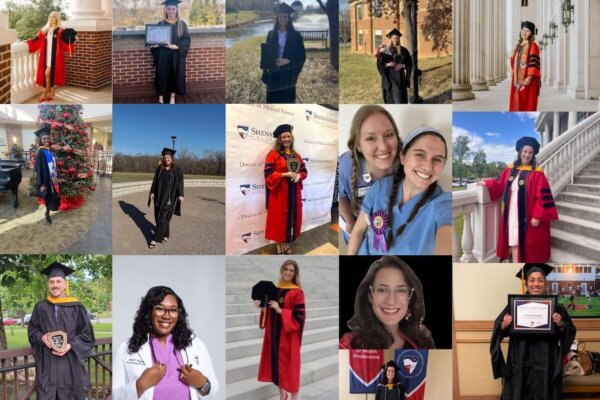Research by Herbst on Cat Purring and Human Singing Published in Current Biology
Research by Visiting Adjunct Professor of Voice Science Christian T. Herbst, Ph.D., was recently published in Current Biology, a highly respected scientific journal (impact factor = 9.2), showing that cat purring resembles human voice production more than was previously thought. The study (doi.org/10.1016/j.cub.2023.09.014) discovered that purring in the cat larynx is functionally like the human “vocal fry” mechanism, a creaky phonation used in speech and pop/rock singing.
Humans and most mammals produce their vocal sounds with a common physical mechanism, and the frequency of the voice (what we hear as pitch) usually correlates to the animal’s body size: large animals produce low sounds, and small animals, higher sounds. Surprisingly, cat purring has an exceptionally low frequency for such a small animal. A 1970s theory suggested that purring is caused by repetitive contractions and relaxations of the muscles inside the larynx (the voice box), occurring roughly 30 times a second. Challenging this theory, Herbst and colleagues found that excised cat larynges can produce sounds at purring frequencies independent of these contractions. A special anatomical adaptation of the cat’s vocal folds is likely the cause for the low frequencies observed, suggesting that the cat larynx is “built to purr.” Whether recurrent cyclic muscle contractions play a role in a cat’s purring in vivo is still unclear.
Apart from shedding new light on how humans’ favorite pets create those endearing sounds, the study adds to our understanding of evolutionary biology and voice in humans and animals. Nearly all vertebrates have similarities in how they produce sound: they convert aerodynamic energy (i.e., breathing) into acoustic energy when vocalizing. Across species, this mechanism evolved independently in different organs: the larynx with its vocal folds in humans and other mammals; the nasal passage in toothed whales, such as dolphins; and the syrinx in birds (see Herbst’s recent review in the Science magazine for a summary).
Until now, cat purring has been something of a mystery in terms of evolutionary biology. For 50 years, purring was believed to be produced by a physiological mechanism that is an exception to the rule. Herbst’s study shows that biologically, cats may be rule-followers, at least as far as the development of their vocal mechanisms is concerned.
Visit www.christian-herbst.org to learn more about Herbst.





